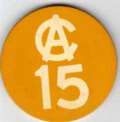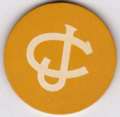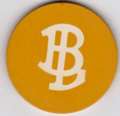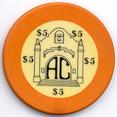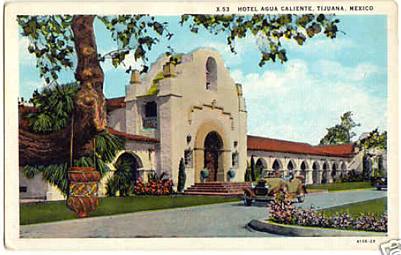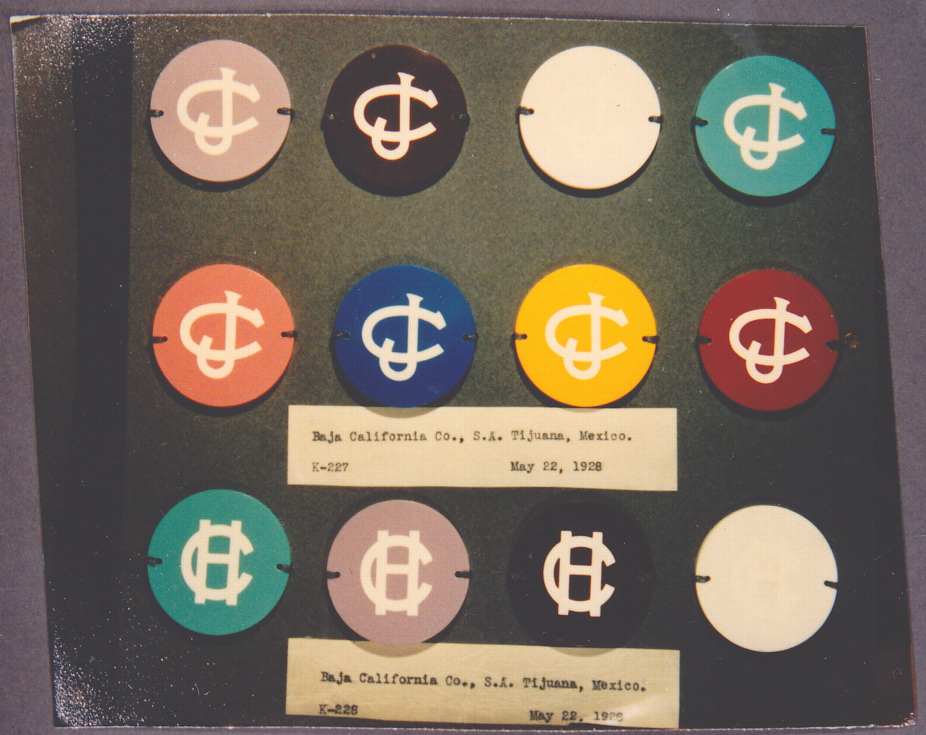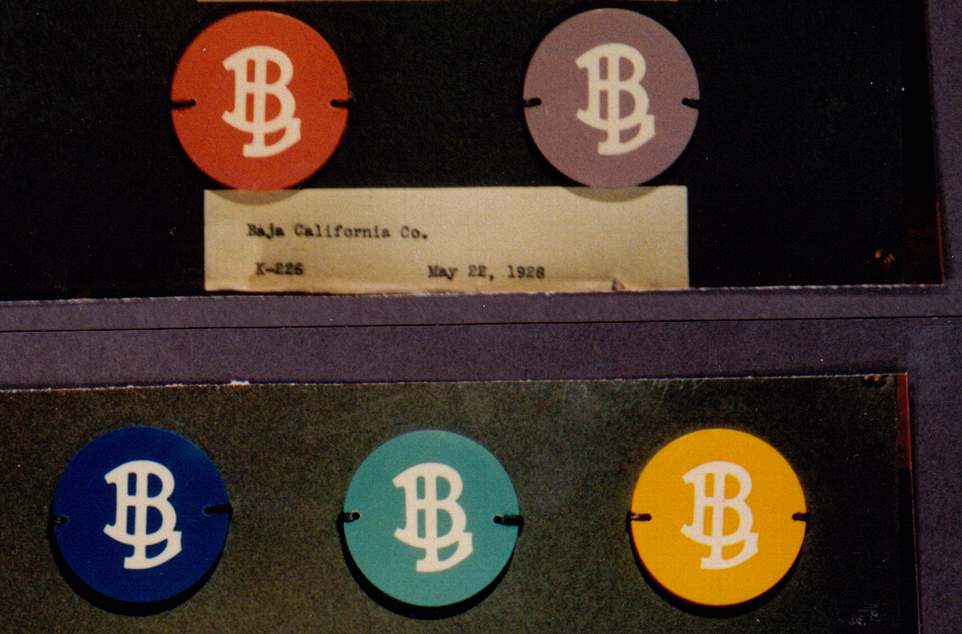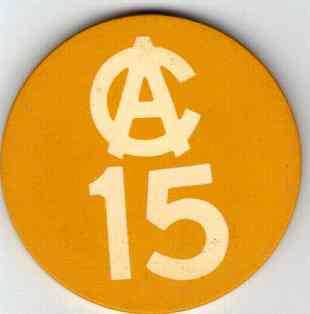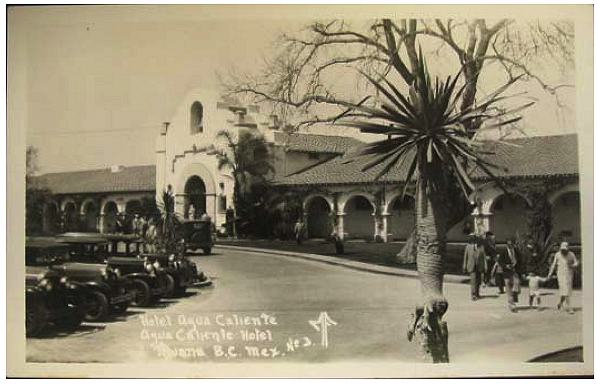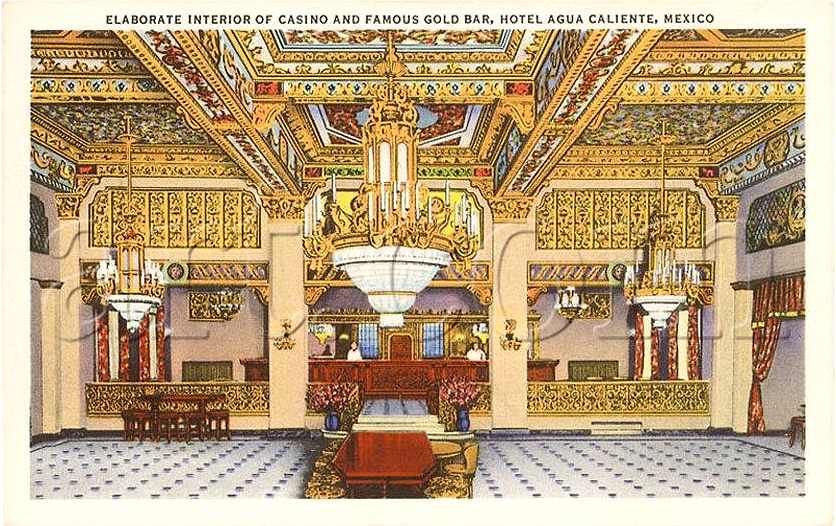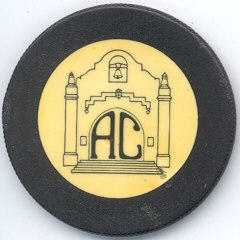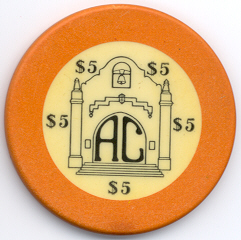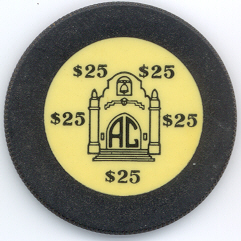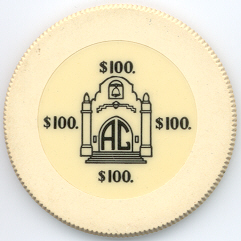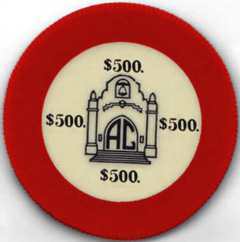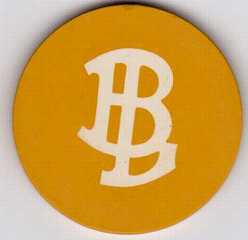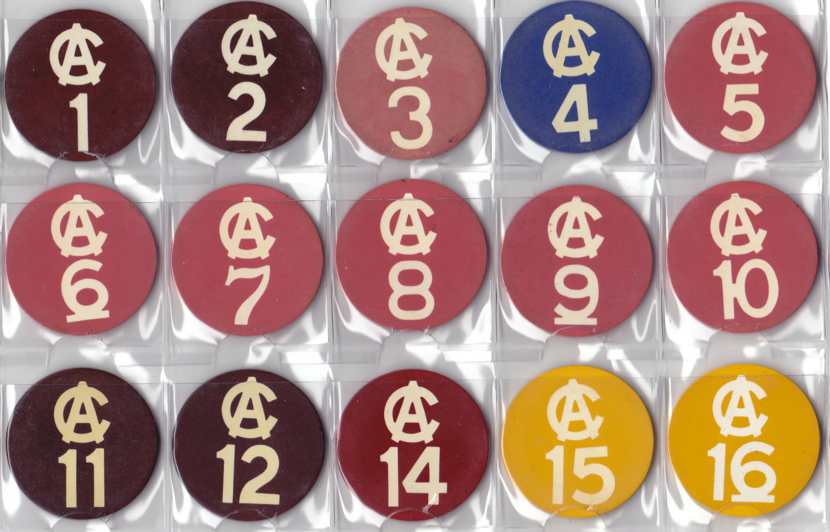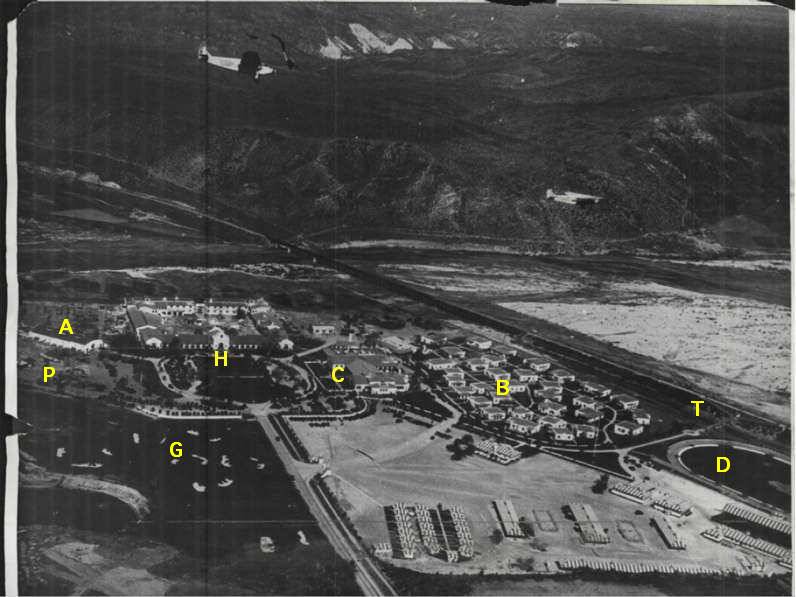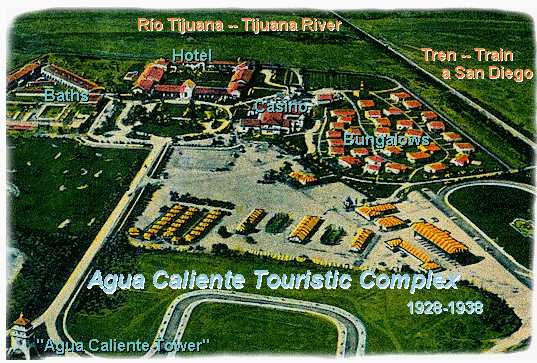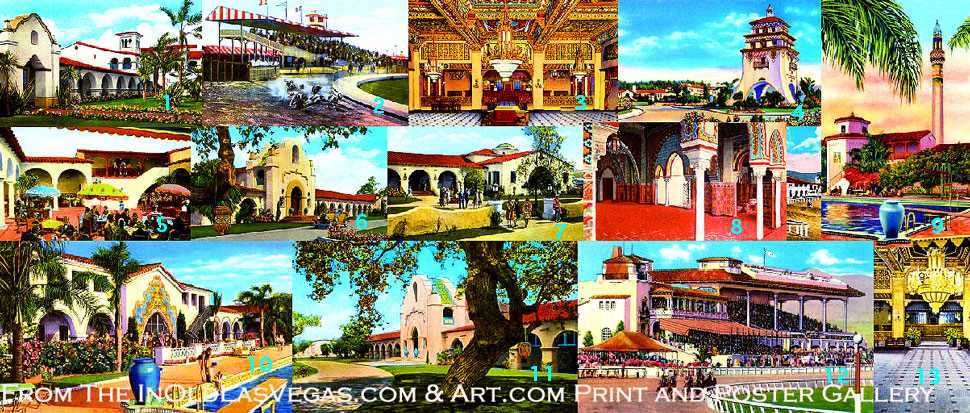Paul J. Vanderwood, author
of "Satan’s Playground: Mobsters and Movie Stars at America’s
Greatest Gaming Resort" (available at Amazon.com):
"Satan’s Playground [Agua Caliente environs] is the extraordinary
story of clever and unscrupulous bordello, casino, race track
and cabaret owners nicknamed Border Barons who under the
pressure of 1920s Prohibition [and anti-gambling laws in
California, even at racetracks] reestablished themselves in bawdy
Mexican border towns like Tijuana. There American high and low
society relished their offerings, and the Barons became celebrated,
multi- millionaires.
The gem in the Barons’
crown was an elegant gambling spa known as Agua Caliente,
heralded as the Monte Carlo and Deauville of the Western
Hemisphere. Movie czars and stars, sports notables, diplomats,
maharajas, ranking politicians and famous aristocrats mingled
there in luxurious surroundings along with more ordinary patrons
anxious to see and be seen with such luminaries. Mobsters
also dropped in on the scene. Bugsy Siegel visited and imagined
a similar plush resort on what became the Las Vegas Strip."
All this came to an end with the repeal of Prohibition and the
relaxing of gambling at California racetracks, the development
of gambling in Nevada, and, finally, the criminalization of gambling
in Mexico in 1935."
Agua Caliente
Historical Society (http://aguacalientehistoricalsociety.com/agua_caliente_1929-1935):
"The Agua Caliente racetrack (1929-1935) was built at a cost of $2-million,
a huge amount at that time. At the first
race meet, Agua Caliente hosted the world's richest
race, the $140,000 Agua Caliente Handicap, won by 1928
Preakness winner, Victorian."
Wikipedia:
"The Agua Caliente Casino and Resort opened in June 1928
in the Mexican city of Tijuana, Baja California. It was a lavish
resort that included a casino, [world famous health] spa, championship
golf and tennis facilities, its own airstrip, and lots of
entertainment. Stylistically, the resort was an amalgam of
Mexican colonial, California mission, and neo-Islamic designs
that ranged from mosaic minarets, to cozy guest bungalows, to
steaming Turkish baths. It was designed by 19-year-old architect
Wayne McAllister and built by Baron H. Long, Wirt G. Bowman and
James N. Crofton [, the famous "Border Barons"]. Some sources note
the fourth partner was Abelardo L. Rodríguez, Military Commander
and Governor of Baja California, and future Mexican President.
The $2.5 million Agua Caliente racetrack opened in December 1929.
Drinking, gambling
and horse racing were illegal in the neighboring
U.S. state of California, so many wealthy Americans and Hollywood
celebrities flocked to Agua Caliente. The actress Rita Hayworth
was discovered there while performing in a show. The films
"In Caliente" and "The Champ" were filmed on location there.
The highlight of the opulent casino was the Gold Room [pictured
above], where patrons could only bet using gold chips, with a
rumored $500 minimum wager. Bugsy Siegel cited Agua Caliente as his
inspiration for building the resort on what became the Las Vegas
Strip."
Lawrence
D. Taylor in the Journal of San Diego History (https://www.sandiegohistory.org/journal/2002-3/frontier.htm):
"The Agua Caliente resort cost approximately $10,000,000, an enormous
sum of money for that period. The first stage of
the project comprised a 500 room hotel, casino, health
spa, and café, inaugurated on June 23, 1928. The
second stage consisted of an "olympic size" swimming pool,
health clinics, 18 hole golf course, putting course, horse racing
and greyhound race tracks, gardens and tropical aviary, bungalows,
laundry, and workshop areas completed at the end of December
1929. The resort also had its own private radio station and airport
facility [and railroad link]. "
Time Magazine's
Sports section, Jan. 4, 1932: "Four hours by car,
an hour and a half by plane from Hollywood, Agua Caliente
is the most elaborate pleasure resort in North America.
.. ....
Agua Caliente's golf
tournament—first prize $15,000—is the richest in
the world. Even more of an attraction than these for Hollywood
plutocrats has been the racetrack, which was constructed
at a cost of $2,500,000 by removing part of a mountain.
The Annual Agua Caliente Handicap, which was to have been
run on March 20 and for which the great Australian horse
Pharlap was entered this year, is the richest—$150,000 —horse
race in the world." [The Agua Caliente track was the site of several
industry firsts, including starting gates, safety helmets, and “pick six”
wagering.]
aguacalientehistoricalsociety
(http://aguacalientehistoricalsociety.com/agua_caliente_1929-1935):
"The rich Agua Caliente Handicap lured the famous
New Zealander, Phar Lap for its 1932 renewal. Phar
Lap made the 12,000-mile journey from Australia to the
United States earlier that year. Phar Lap ran into the history
books as one of racing's top horses with his dramatic win,
as he circled the entire field from dead last with ¾’s of
a mile to go and held off American Derby winner, Reveille Boy. "
[Click here to see a newsreel
of that famous race at the Agua Caliente Racetrack, courtesy
of YouTube! ]
Click here to see the
trailer to the Pat O'Brien-Dolores del Rio-Busby Berkeley
Hollywood movie "In Caliente" (1935), which was filmed
on location at the Agua Caliente and shows a brief scene
of the casino near the start of the trailer. .... ...
Another clip from the movie -- great fun but not of the Agua Caliente
casino, for sure! -- Dolores Del Rio's energetic "Muchacha" number,
a' la Busby Berkeley. It must be a stage show within the
movie: click
here and enjoy! ... .... Here is another YouTube
clip: good first few minutes of still pictures
(ariel view of the resort; close-ups of everything
including the famous Gold Bar room), piano music and Spanish
words. I urge you to vamoose at the 3:22 minute mark to
avoid the boring remainder of the clip -- the filling of the
resort's Olympic swimming pool!
Tijuana Tourist site (packed full of
information, maps, pictures and history) explains it this way:
"By the time prohibition took effect in 1920, enterprising gringos
had been coming "down" to Tijuana to get together with other enterprising
Mexicans in order to make money off of other gringos who more and
more were coming to Tijuana not as "excursionists" looking for Mexican
culture, but as extraterritorial sinners who wanted to buy, legally,
what was illegal "on the other side" - a process which had begun with
bullfights and gambling, then advanced into horse-racing and prostitution.
... ... This period coincided almost perfectly with the "Roaring Twenties,"
but dragged on into the middle thirties. Although alcoholic
beverages became legal once again in the United States in 1933, Tijuana
was somewhat insulated against the great depression by the continuing
gambling and horse-racing activities. At least until 1938 [?],
when casinos were banned by Presidential decree. Between these
two bookend years, the beginning of the dry law in the States in 1920,
and the ending of "legal" gambling in Tijuana in 1938, this little
border city experienced its "golden age."
|

